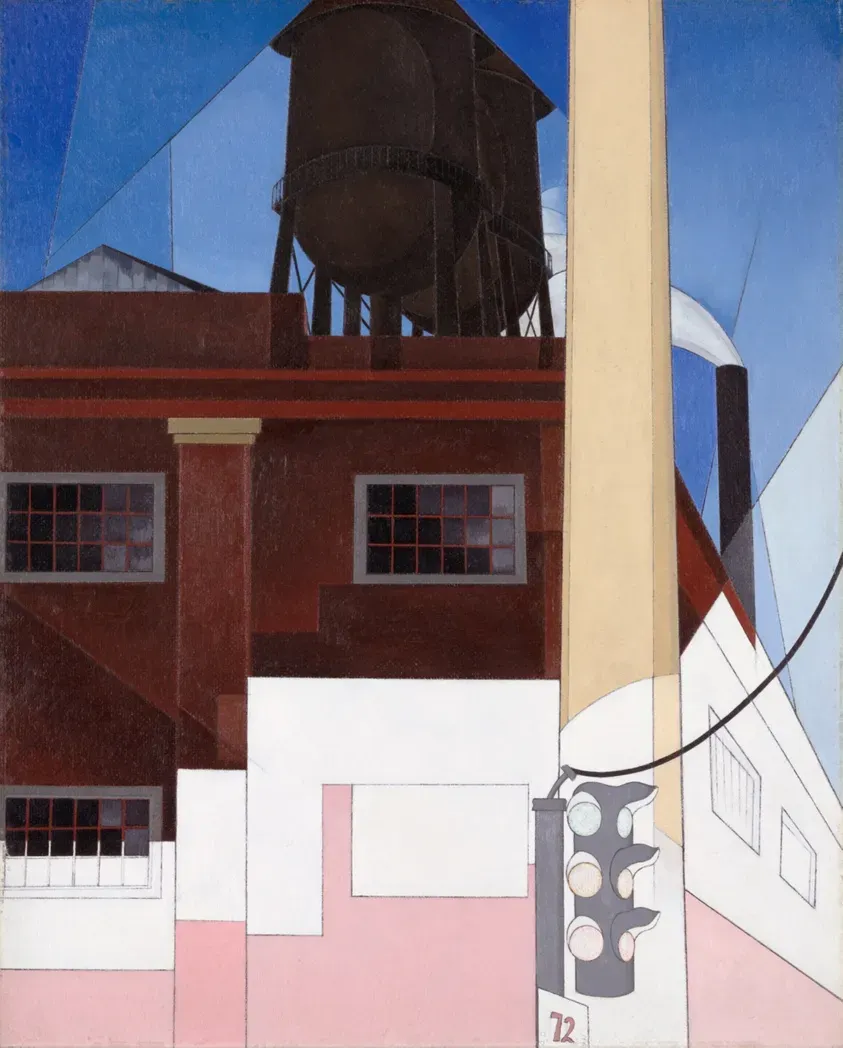Table of Contents
You crave that feeling. The one where your chest feels tight, full, and ready to burst through your shirt seams. It’s the glorious "pump," and for many, it feels like the ultimate validation of a solid chest session. But maybe you're skipping the gym, short on time, or just prefer your own space. You might think achieving a serious chest pump requires racks of weights and fancy machines. Think again.
Why Chase That Chest Pump Workout at Home?
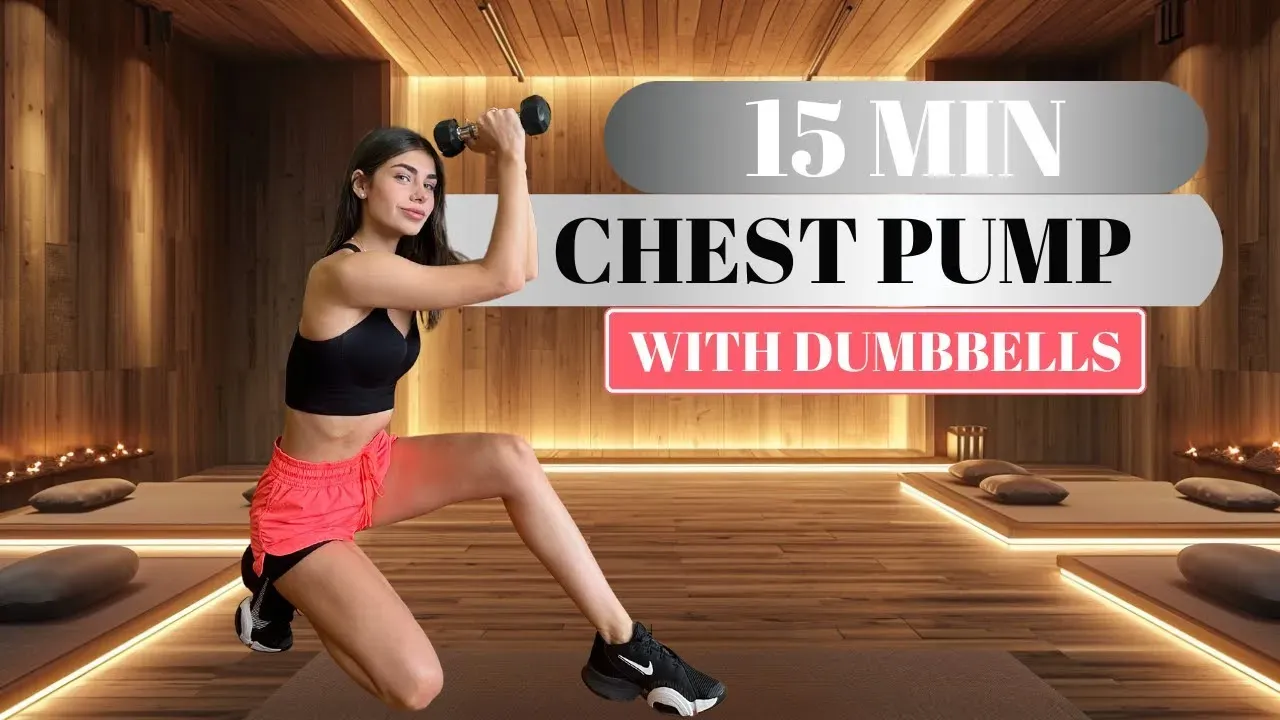
Why Chase That Chest Pump Workout at Home?
Beyond the Mirror: The Real Appeal of a Chest Pump
let's be honest. Part of chasing that chest pump is definitely about looking good. Seeing your chest muscles swell up, feeling that tightness – it's a visual and tactile reward that makes you feel like you've done something right. It’s like instant gratification for your hard work. But it's not just about aesthetics. A good, solid pump indicates blood flow to the muscle, bringing nutrients and signaling growth. It’s a temporary state, sure, but it’s a sign that you're actively engaging the target muscle, which is crucial for long-term development. When you focus on getting that chest pump workout at home, you're not just flexing in the mirror; you're actively working towards building stronger, fuller pecs.
Cutting Through Excuses: Convenience and Consistency Win
Life happens. Gym memberships gather dust. Travel gets in the way. The beauty of a chest pump workout at home is its sheer accessibility. No commute, no waiting for equipment, no judging eyes (unless your cat is particularly critical). You can squeeze in a killer session whenever you have a spare 30-45 minutes. This consistency is where real progress is made. Chasing that chest pump at home removes major barriers, making it much easier to stick to a routine week after week. Forget the hassle; focus on the work.
Benefits of a Home Chest Pump Workout:
- Saves time and money (no gym fees or travel).
- Allows for privacy and focus.
- Enables greater consistency with workouts.
- Builds the mind-muscle connection by focusing on the target muscle.
- Proves you don't need fancy equipment for results.
Decoding the Chest Pump: What's Really Happening?
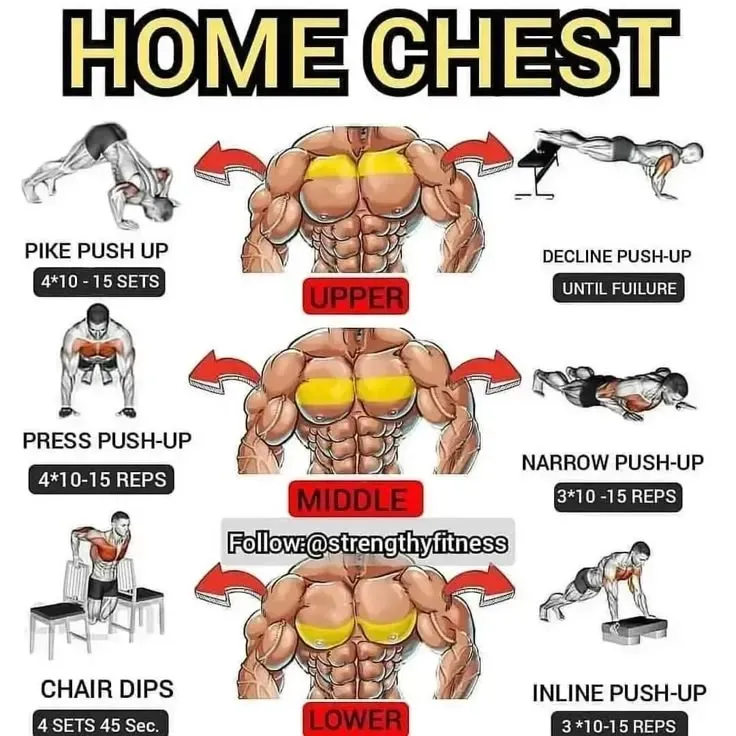
Decoding the Chest Pump: What's Really Happening?
So, what's the deal with this "pump" everyone talks about? It’s not just your imagination or some magical energy flowing through your veins. Physiologically, the muscle pump is primarily caused by hyperemia, which is basically an increase in blood flow to the muscle tissue during and after exercise. When you contract a muscle repeatedly, like during a solid chest pump workout at home, metabolites like lactic acid, hydrogen ions, and inorganic phosphate build up. Your body responds by sending more blood to the area to clear these byproducts and deliver oxygen and nutrients. This extra blood volume accumulates in the capillaries surrounding the muscle fibers, making the muscle swell temporarily. Think of it like traffic backing up on a highway – more cars (blood) trying to get through a limited space (your muscle capillaries).
What does this mean for your home workout?
- More blood flow = more nutrients delivered to muscles.
- Metabolite buildup = signals for adaptation and growth.
- Temporary swelling = that satisfying feeling of fullness.
- Focusing on the pump helps refine your mind-muscle connection.
Gear (or Lack Thereof) for Your Chest Pump Workout at Home
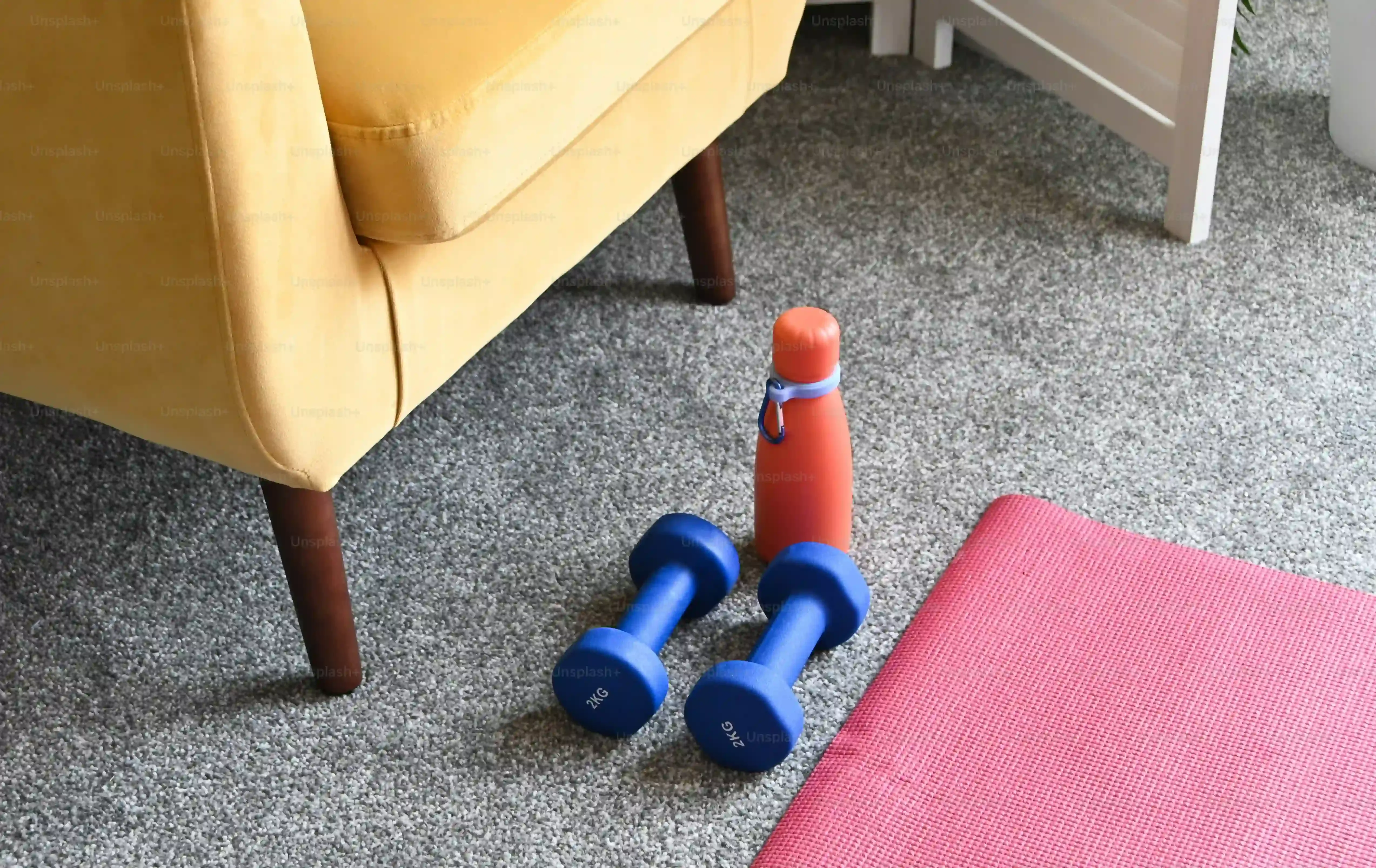
Gear (or Lack Thereof) for Your Chest Pump Workout at Home
What You Really Need (Hint: Not Much)
let's talk gear for your chest pump workout at home. Most folks think they need a fully loaded weight rack and a bench press to get a decent chest session in. That's just not true. While dumbbells or resistance bands can definitely add some extra oomph and variety, the absolute essentials? Your own bodyweight and maybe a sturdy chair or elevated surface. Seriously. The magic of a killer pump at home often comes down to leveraging your bodyweight effectively, focusing on controlled movements, and really squeezing the muscle at the top of each rep. Don't let a lack of fancy equipment be your excuse. Your body is the primary tool for building that chest.
The Power Moves: Best Exercises for a Killer Chest Pump at Home

The Power Moves: Best Exercises for a Killer Chest Pump at Home
Push-Up Variations Are Your Best Friend
so you're ready to hit it. The cornerstone of any chest pump workout at home is the humble push-up. But we're not just banging out reps here. We're doing *smart* push-ups aimed squarely at making your chest scream (in a good way). Start with the standard push-up position, hands slightly wider than shoulder-width. Focus on lowering your chest towards the floor, feeling the stretch in your pecs, and then *driving* up, squeezing your chest muscles hard at the top. Don't let your shoulders or triceps take over. Think about bringing your biceps towards each other as you press up – that helps activate the chest. If full push-ups are too tough, drop to your knees. Too easy? Elevate your feet on a chair or couch.
Angles Matter: Hitting Different Parts of the Pecs
Just doing flat push-ups is fine, but hitting your chest from different angles enhances the pump and overall development. Incline push-ups (hands elevated on a counter or sturdy table) target the lower chest. Decline push-ups (feet elevated) hammer the upper chest, which is often a weak point for many. Wide-grip push-ups emphasize the outer chest, while close-grip push-ups (hands closer than shoulder-width) bring in more triceps but still work the inner chest. Mixing these up in your chest pump workout at home routine ensures you're not neglecting any part of your pecs. Remember to maintain that focus on squeezing the chest with every single rep, no matter the angle.
Here are a few go-to push-up variations for your home pump session:
- Standard Push-Ups
- Incline Push-Ups (Hands on elevated surface)
- Decline Push-Ups (Feet on elevated surface)
- Wide-Grip Push-Ups
- Close-Grip Push-Ups
- Archer Push-Ups (Advanced, working one side harder)
Adding Resistance and Squeeze: Bands and Tempo
Once bodyweight feels too easy, or if you just want to intensify that pump, resistance bands are gold. Loop a band across your back and hold the ends in your hands as you do push-ups. The resistance increases as you push up, providing a fantastic peak contraction. Another trick is controlling the tempo. Try lowering slowly (say, 3-4 seconds) and then exploding up, or pausing at the bottom for a second before pressing. Also, consider exercises like floor presses with dumbbells (even light ones make a difference if you focus) or resistance band chest flyes performed while lying on the floor. These movements, especially flyes, are excellent for isolating the squeeze and maximizing that chest pump feeling during your chest pump workout at home.
Crafting Your Ultimate Chest Pump Workout at Home Routine
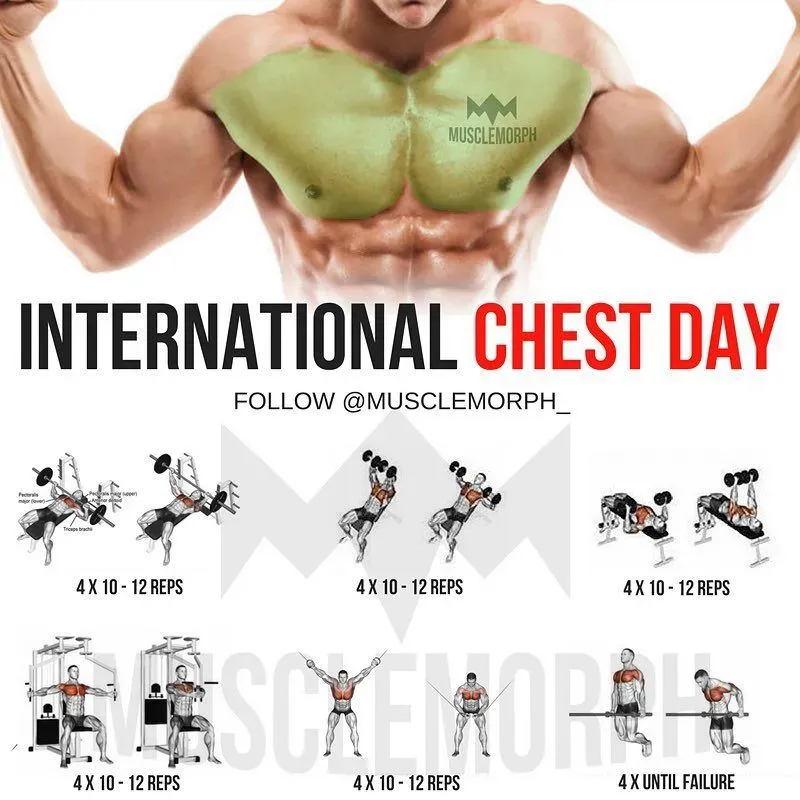
Crafting Your Ultimate Chest Pump Workout at Home Routine
Structuring Your Home Chest Sessions for Maximum Pump
Alright, so you've got the tools (even if it's just your body) and you understand the moves. Now, how do you stitch it all together into a chest pump workout at home that actually delivers? Think of it like building a good playlist – you need variety, progression, and a killer finale. Don't just randomly string exercises together. Start with compound movements that allow you to use the most resistance or leverage (like different push-up variations). Follow these with exercises that help you isolate and really squeeze the chest, like floor flyes with bands or light dumbbells. The goal is to fatigue the muscle effectively, driving that blood flow and metabolic stress we talked about earlier. How often? For most people, hitting the chest 2-3 times a week with adequate rest in between is a solid starting point. Listen to your body, though; recovery is non-negotiable.
Reps, Sets, and Squeeze: Making Every Rep Count
Forget just hitting a number of reps. For a chest pump workout at home, it's about *how* you hit them. Aim for moderate to high rep ranges, typically 12-20 reps per set. This range is excellent for accumulating volume and driving blood into the muscle. Focus intensely on the eccentric (lowering) phase of each exercise, controlling the weight or your body's descent. Then, on the concentric (lifting) phase, *forcefully* contract your chest muscles. Imagine you're trying to bring your biceps together using only your pecs. Hold that peak contraction for a brief second before lowering again. This isn't just moving from point A to point B; it's about maximizing tension on the muscle throughout the entire range of motion. That focused squeeze is the secret sauce for achieving that sought-after chest pump workout at home.
Here’s a simple structure to get you started:
- Warm-up (5-10 minutes of light cardio and dynamic stretches)
- Compound Chest Movement (e.g., Standard Push-Ups, Incline Push-Ups): 3-4 sets of 10-20 reps
- Accessory Chest Movement (e.g., Decline Push-Ups, Wide-Grip Push-Ups): 3-4 sets of 12-20 reps
- Isolation/Squeeze Movement (e.g., Floor Flyes with bands/dumbbells, Close-Grip Push-Ups): 3-4 sets of 15-25 reps
- Cool-down and stretching
Your Home Chest Pump Awaits
So there you have it. The notion that a serious chest pump is exclusively the domain of crowded gyms and heavy benches is, frankly, outdated. You've seen why many miss the mark even with equipment, understood the science behind the pump, and now have the tools – or lack thereof – and the specific movements to make a genuine chest pump workout at home a reality. It's less about the iron and more about the intent, the focus, and the consistent application of these principles. Stop making excuses and start making gains. That shirt-splitting feeling is just a focused workout away, right in your own space.
